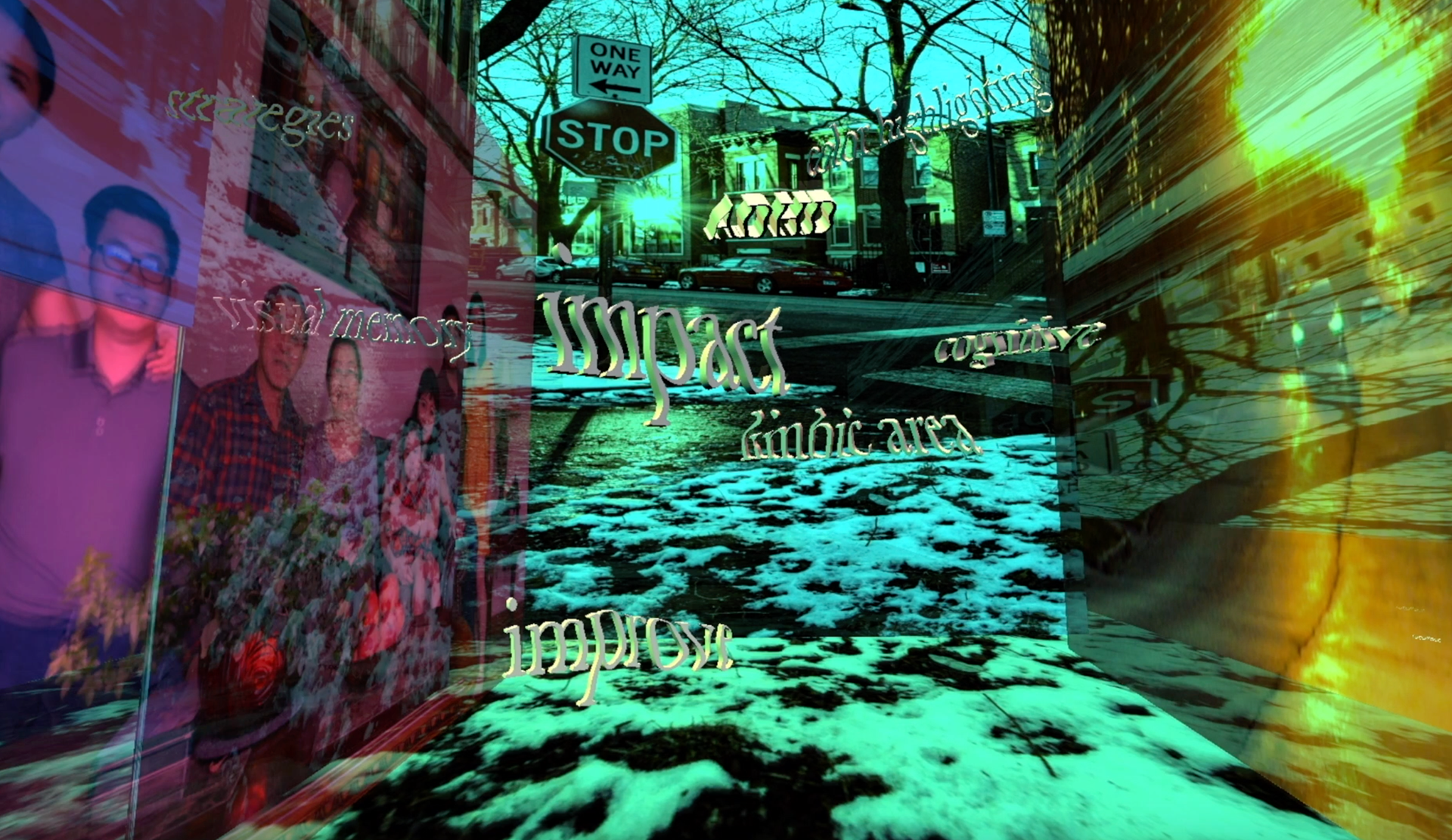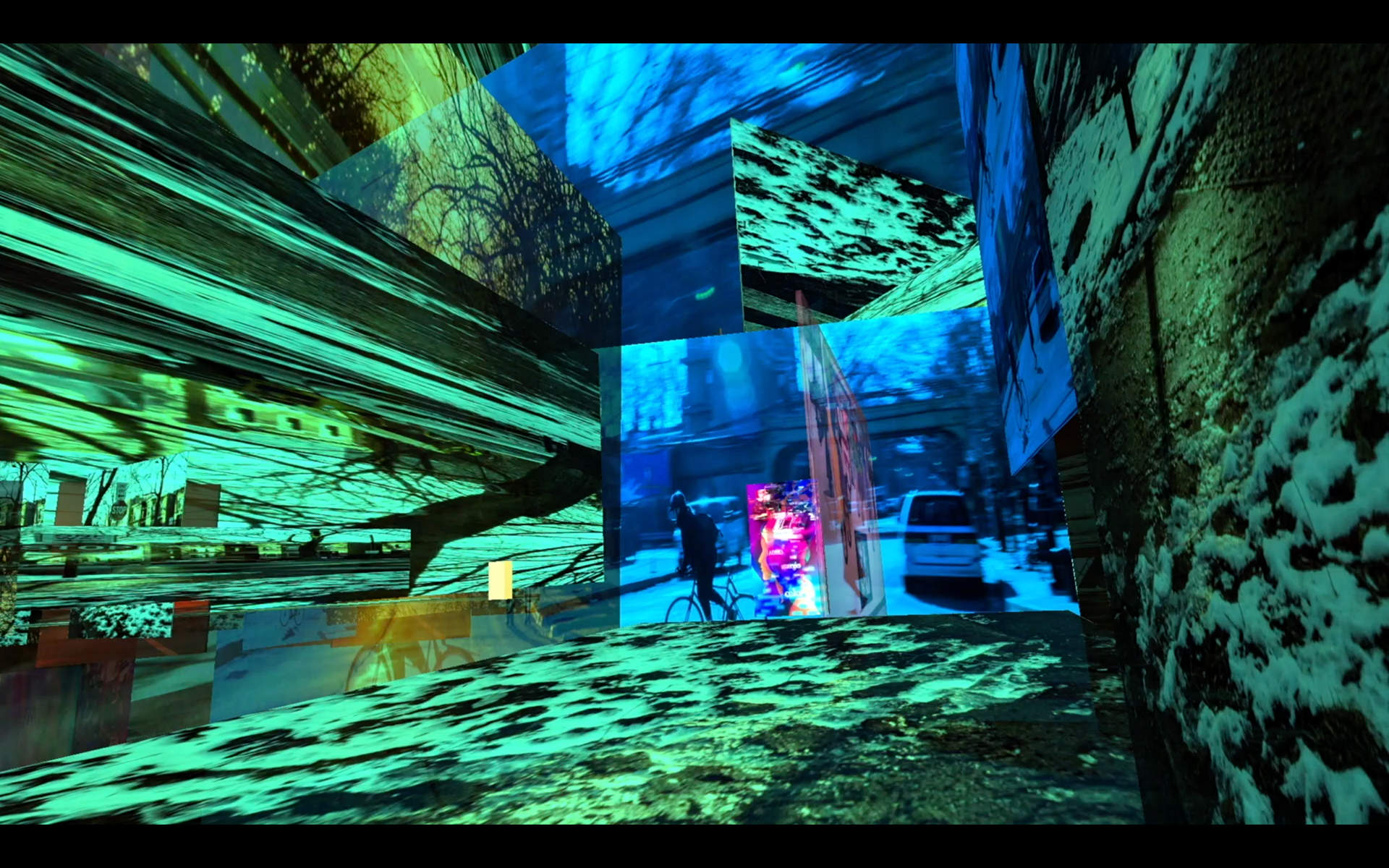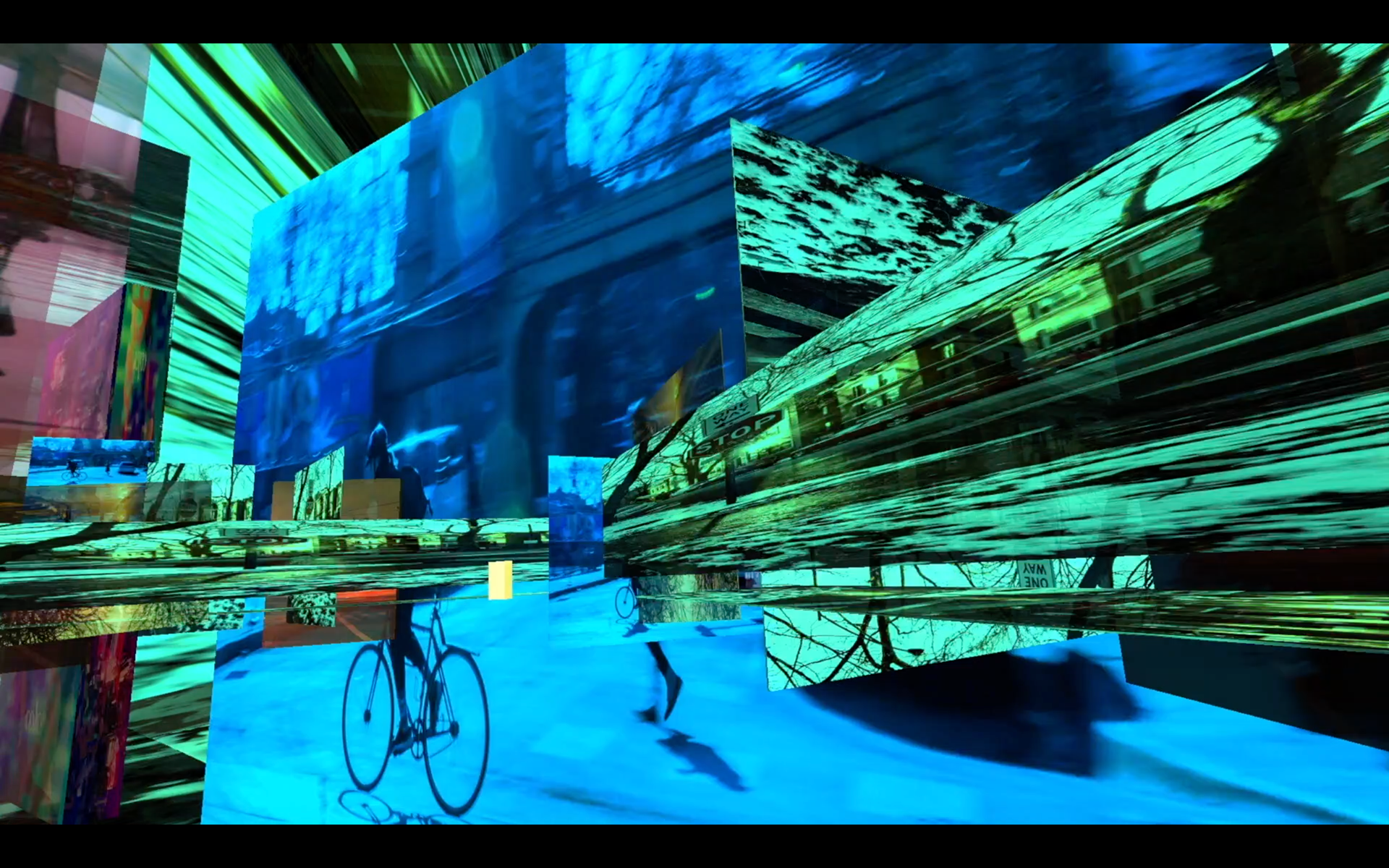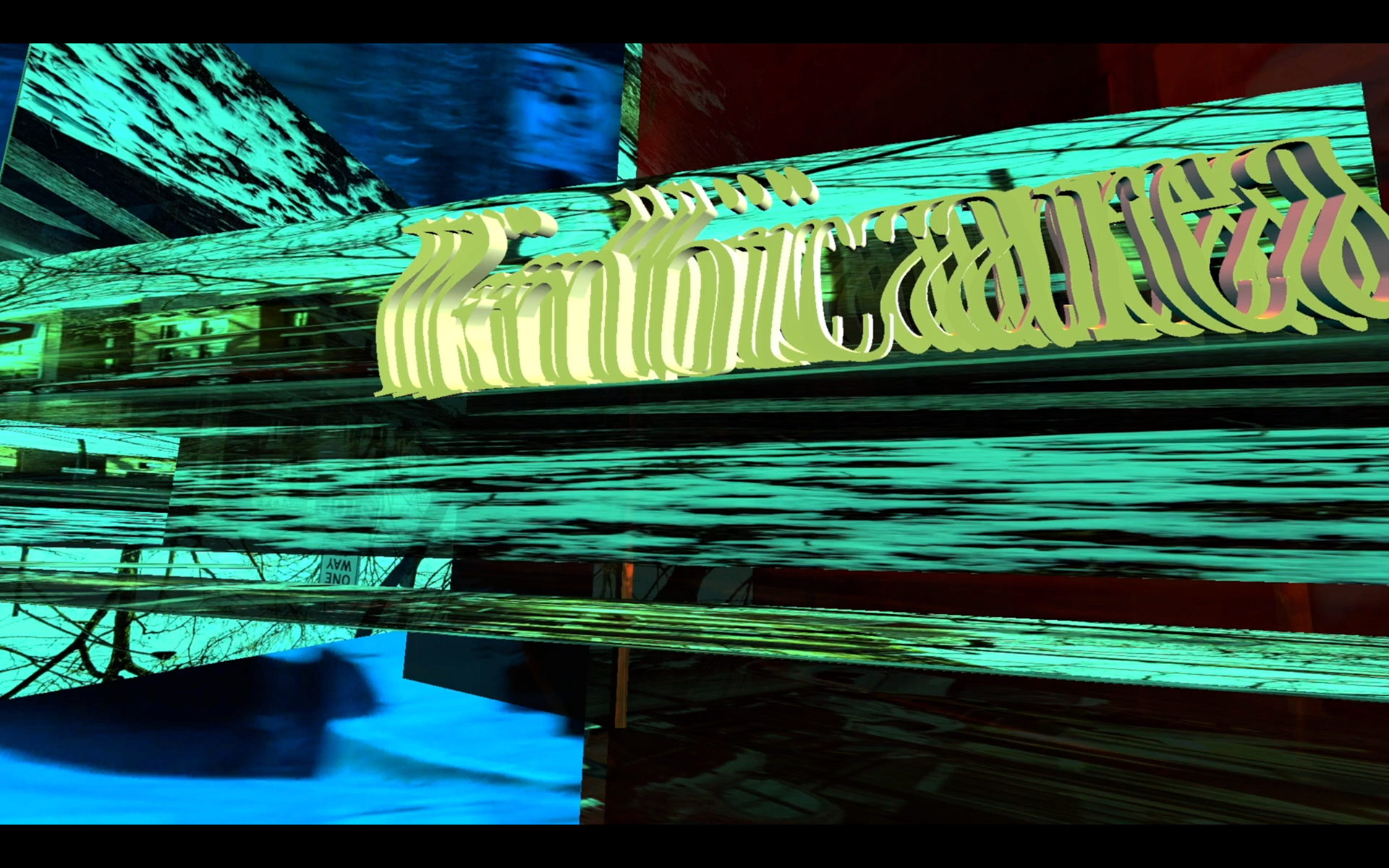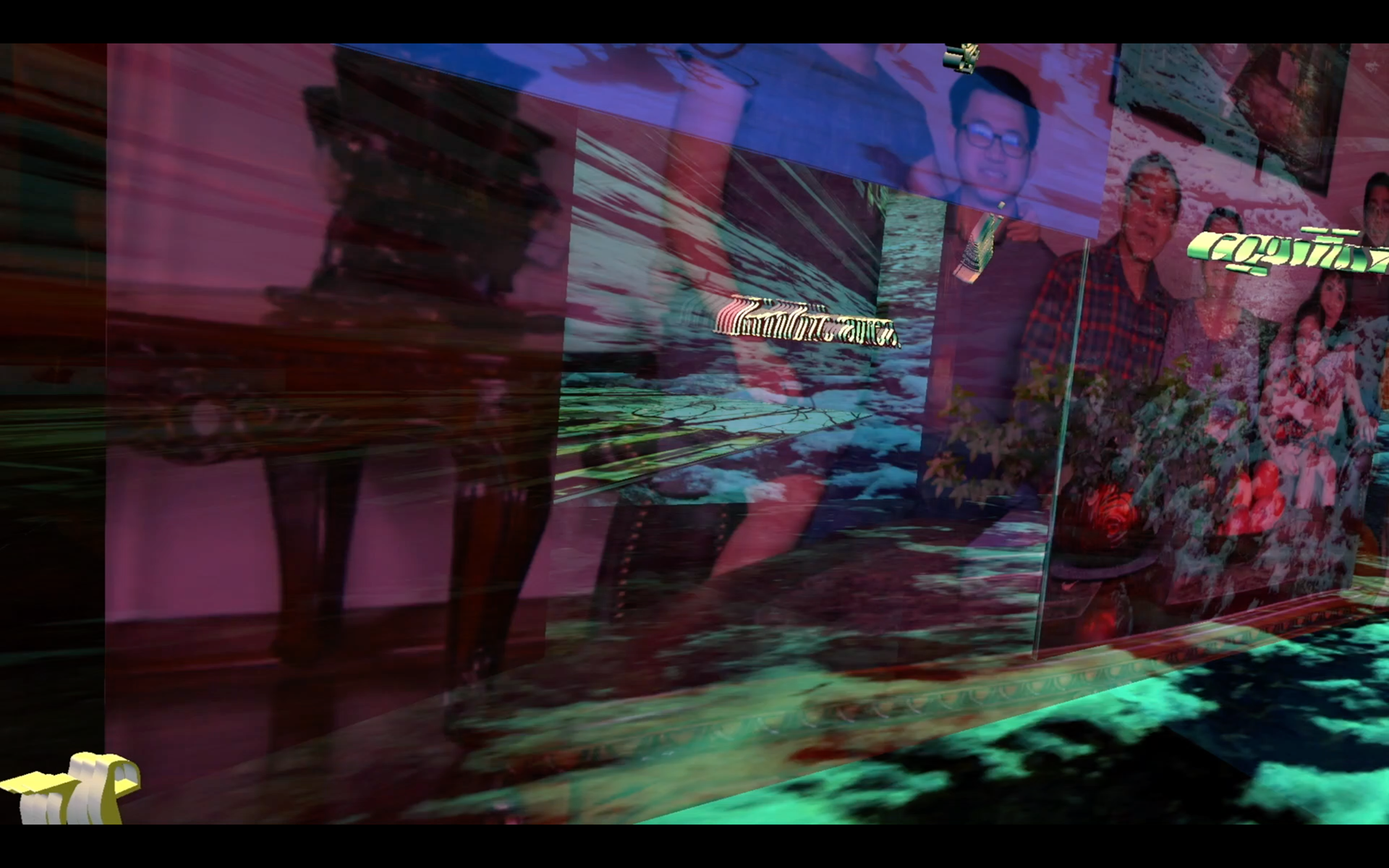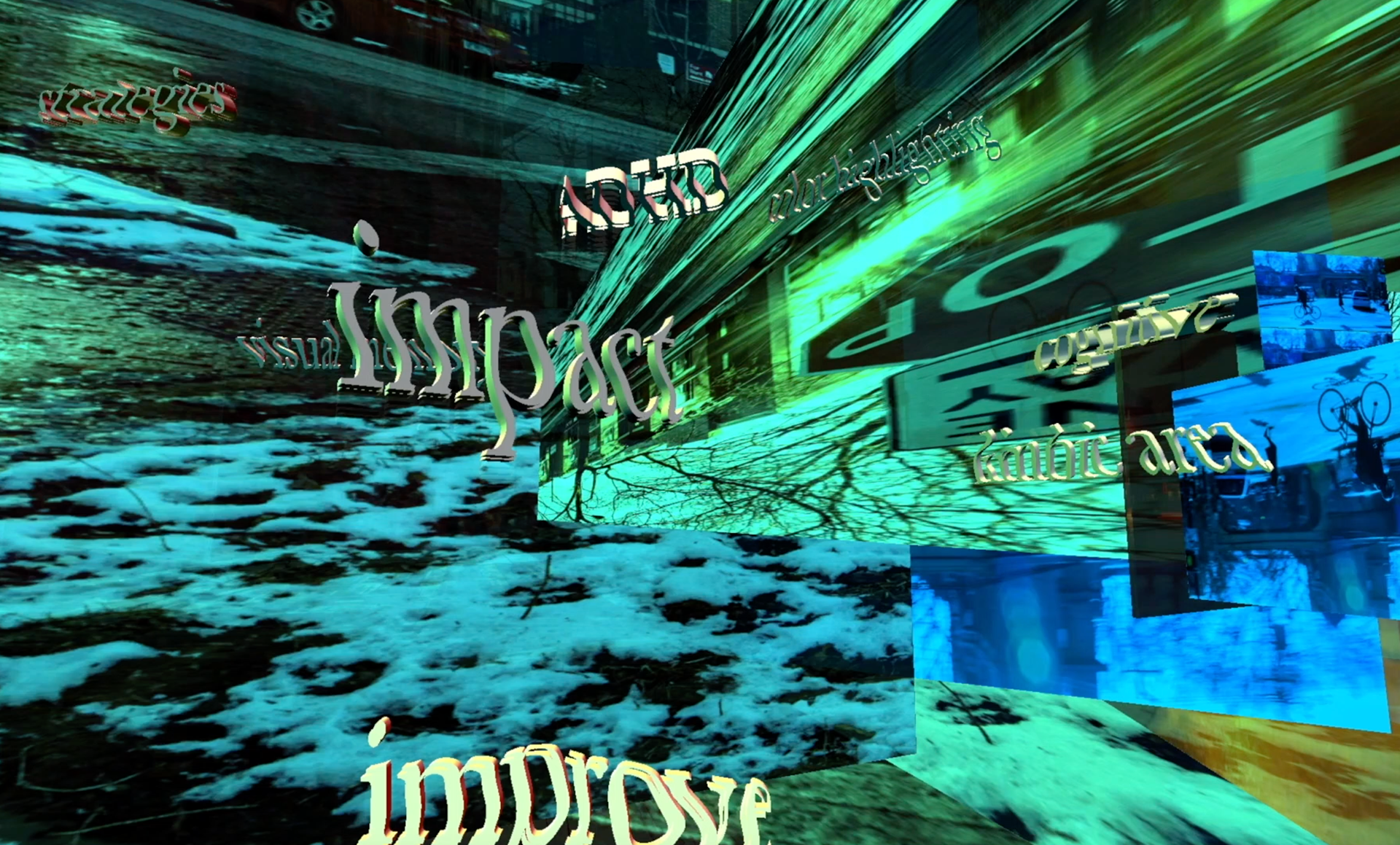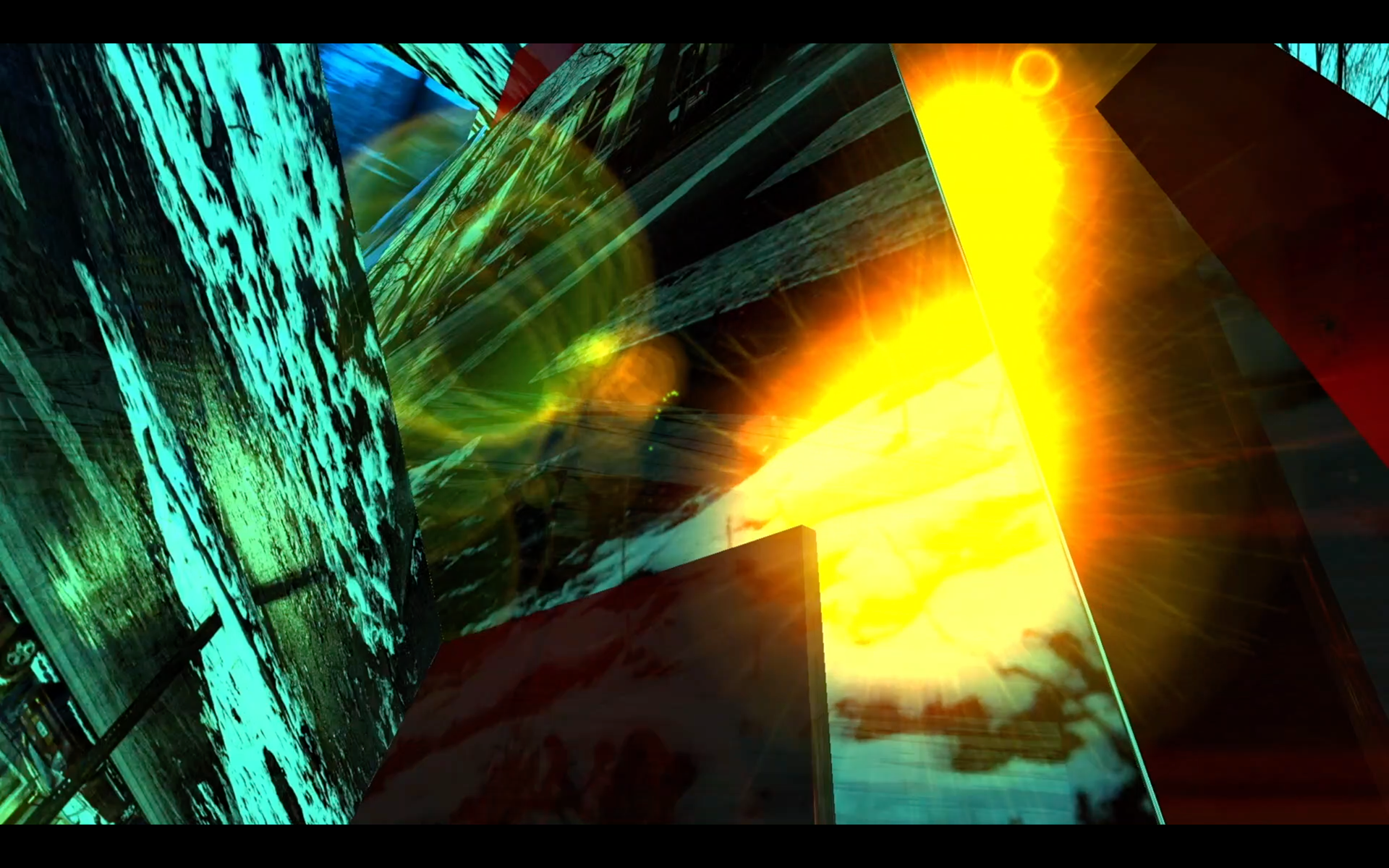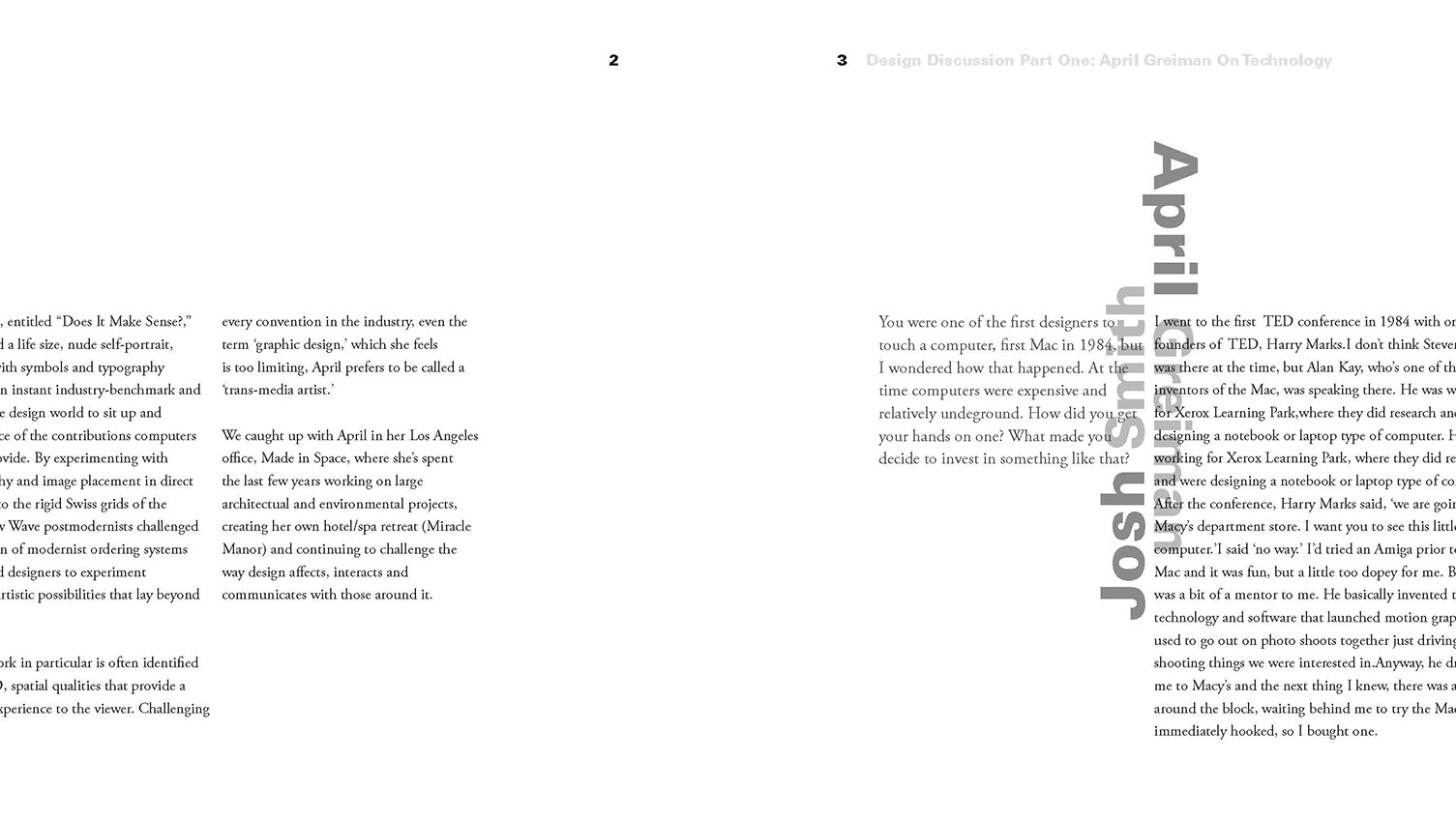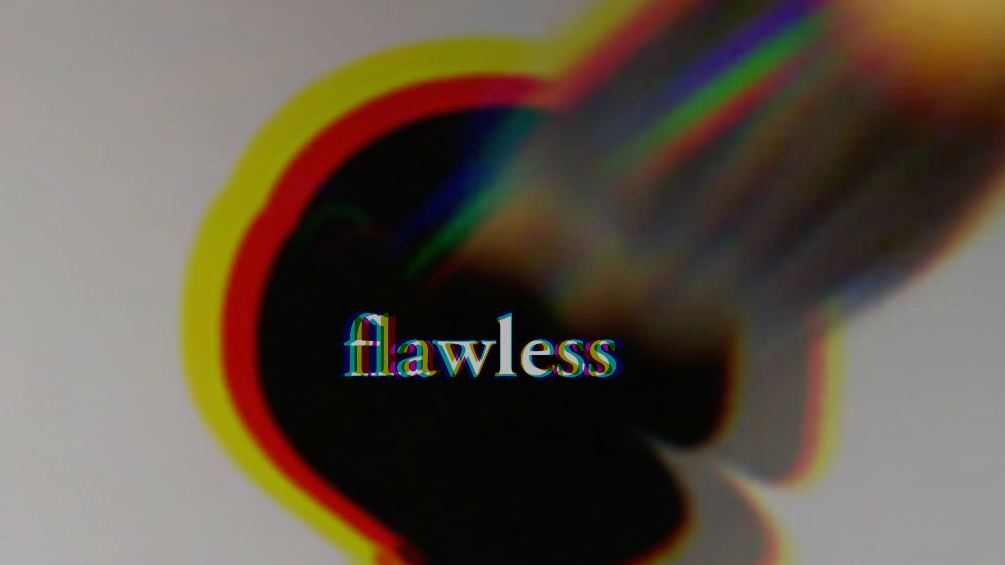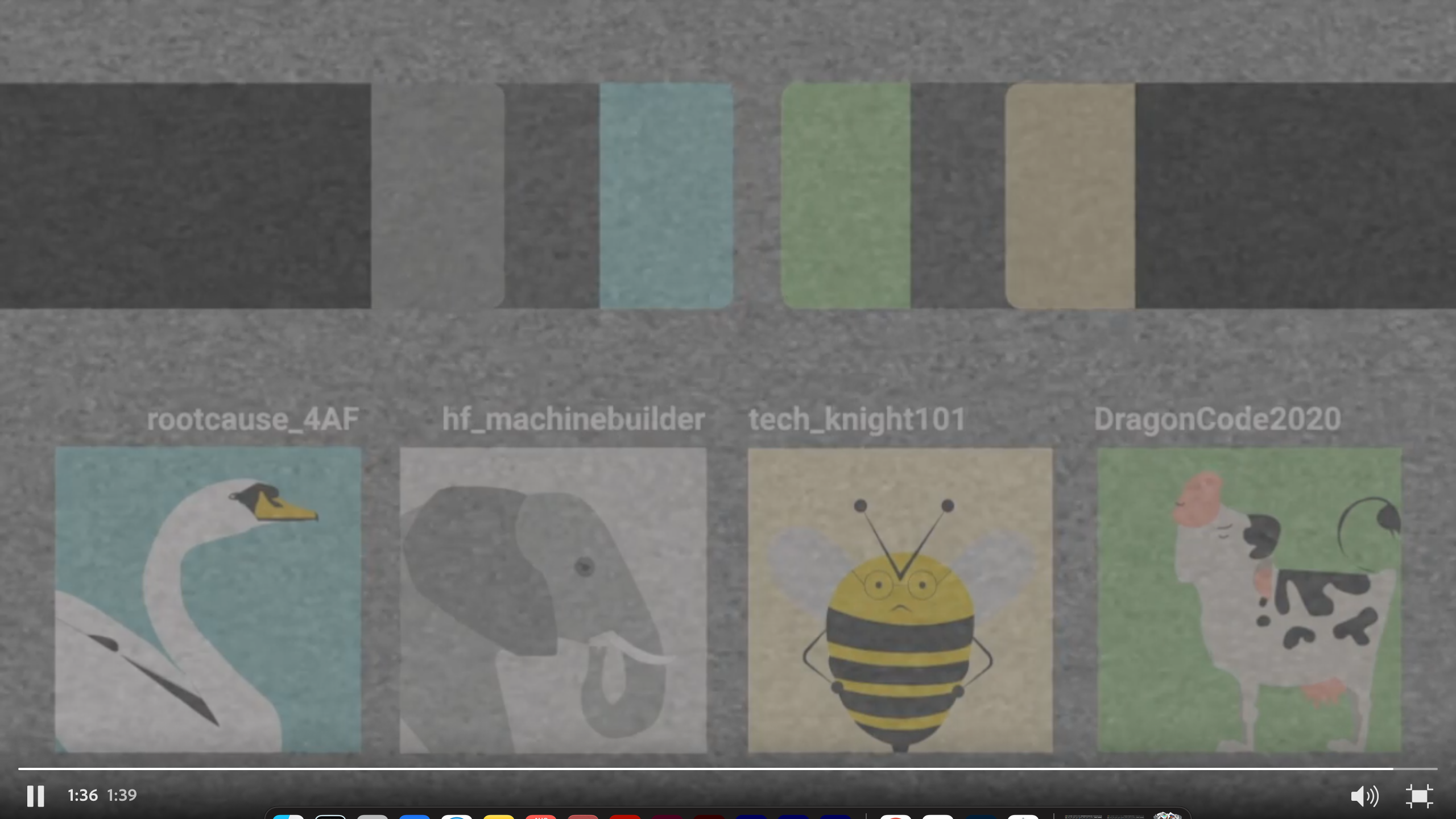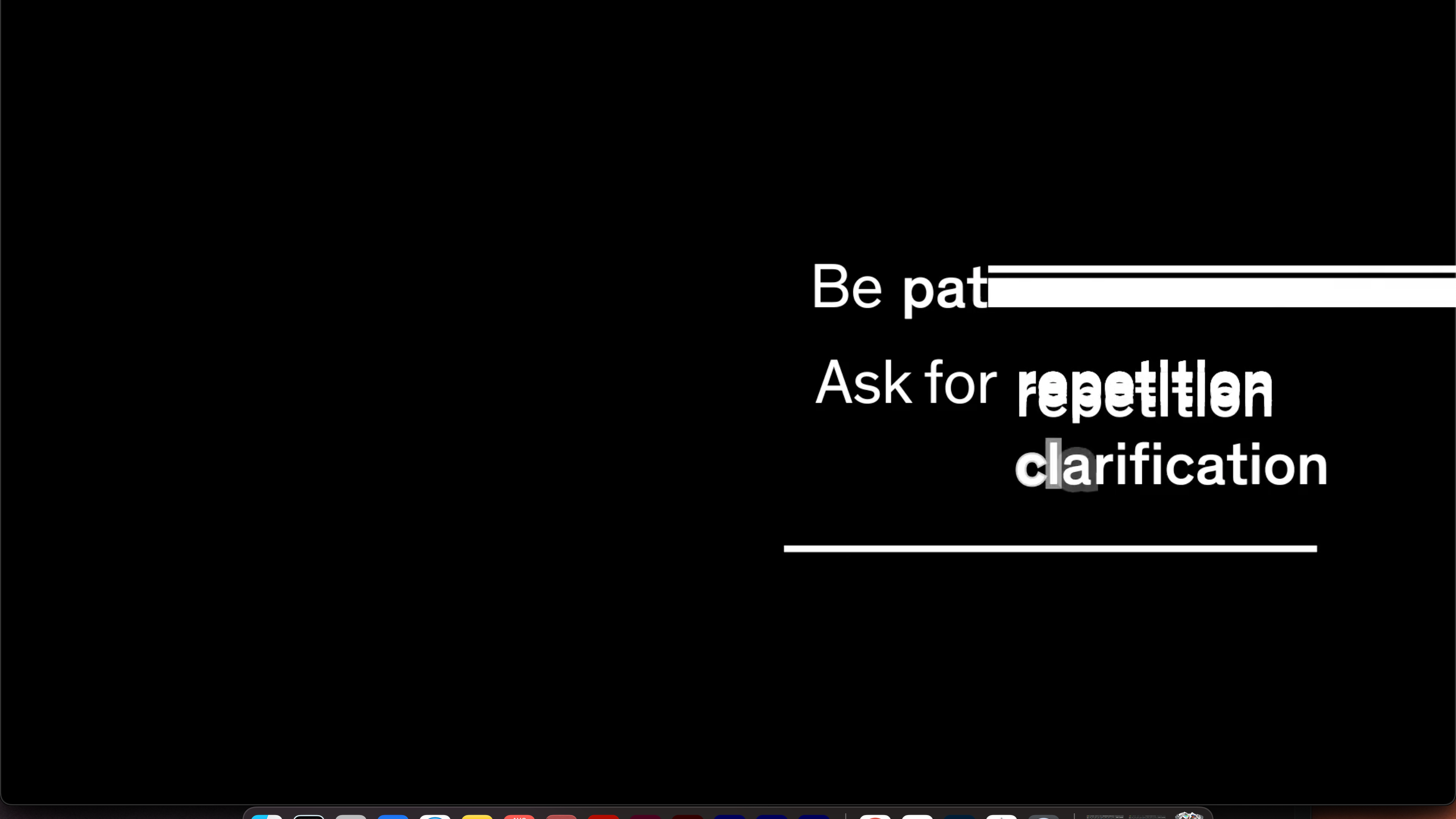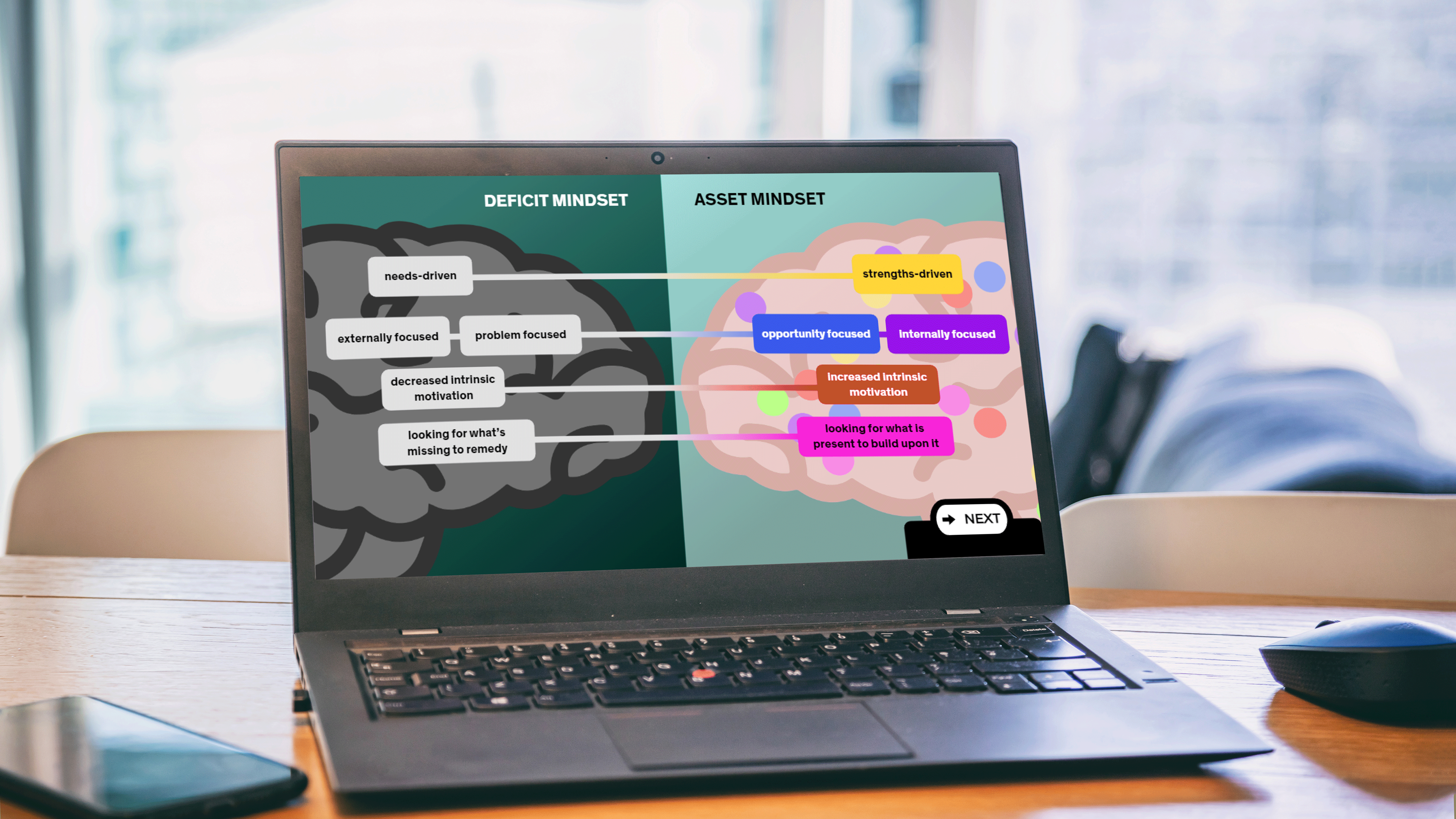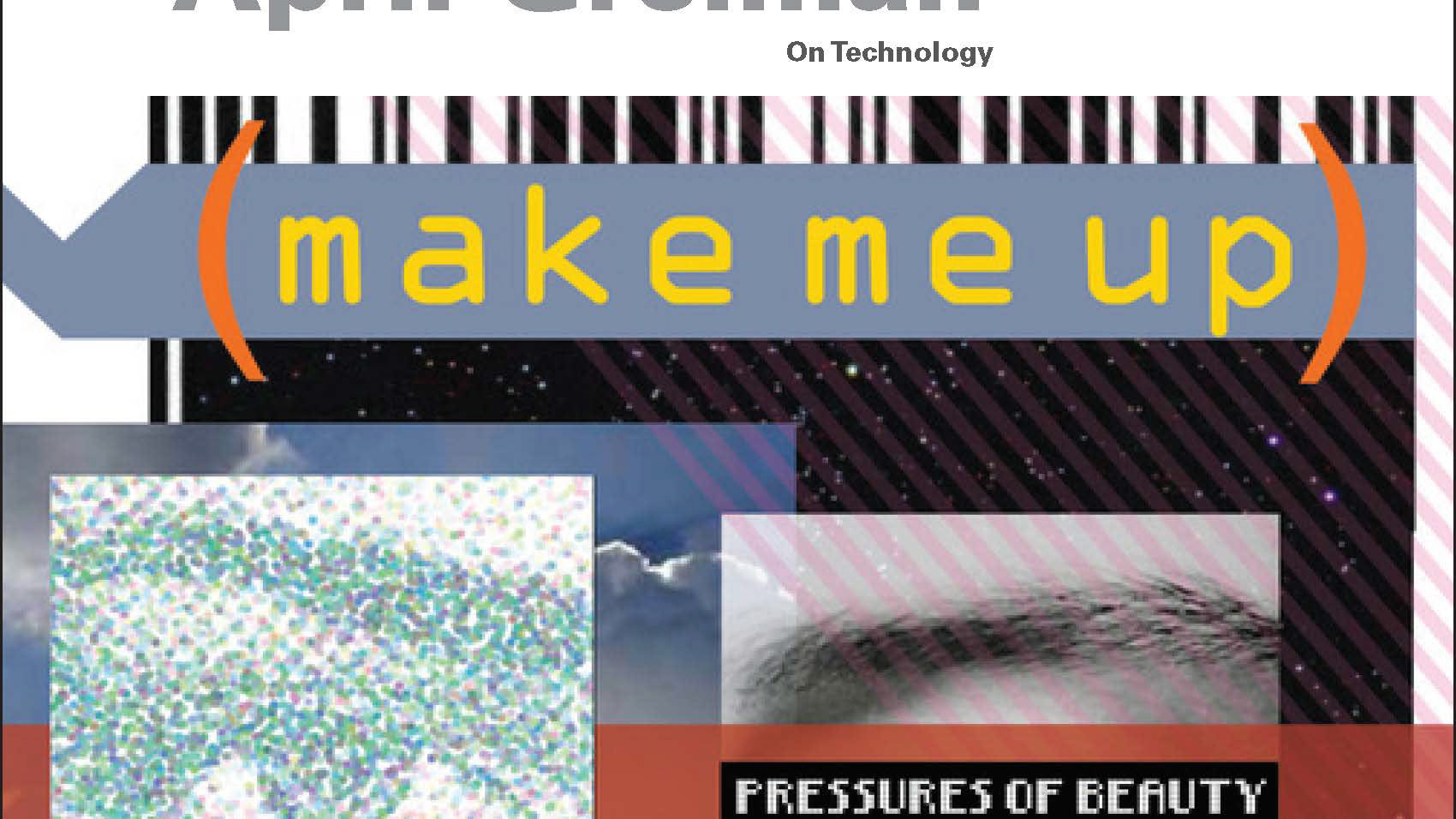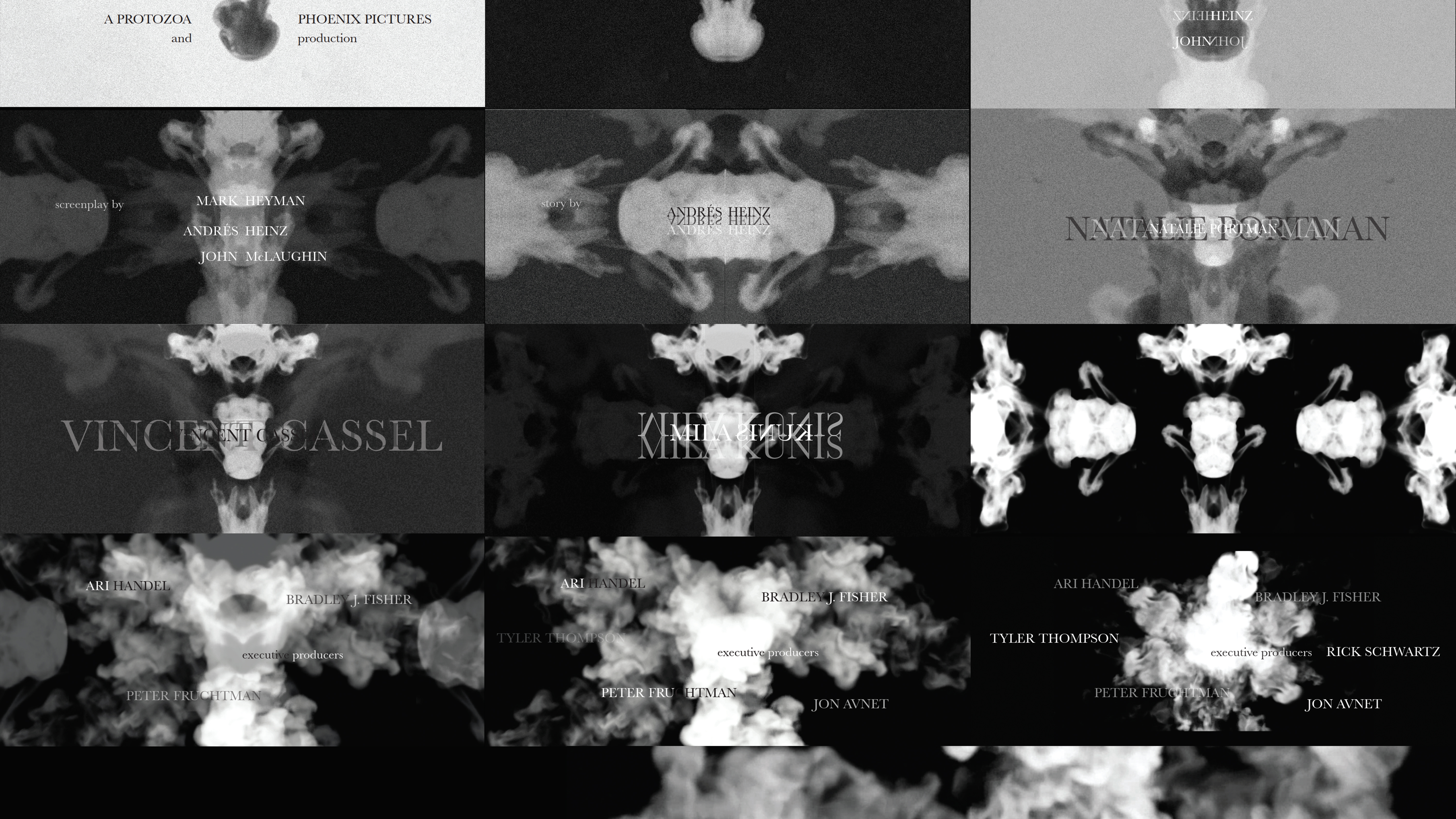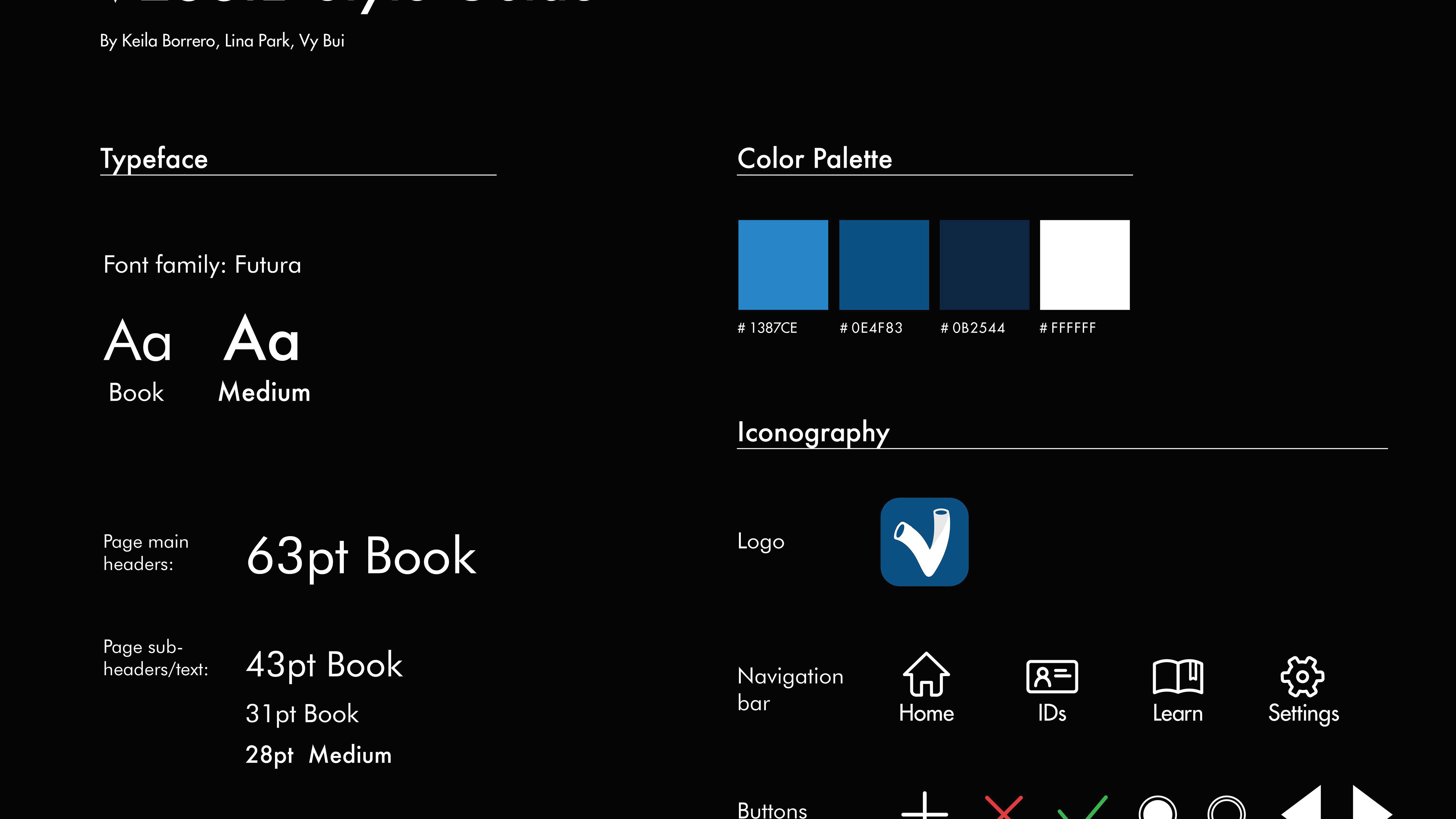I love doing research on the topics that I'm interested in, and I love working on experimental graphic design projects.
Zero, find out what the topic should be.
What is this project?
Experiencing another approach of challenging the stigma surrounding psychological disorders and people associated with non-apparent conditions, <Flows-Tide 2> were a series of the posters portraying the significance of the mind with inattentiveness and memory disorders.
Remember, these minds are wired to react differently and, therefore, to be able to recognize particular patterns and recall the overall experience instead of typical information or details, which sometimes could appear lengthening and boring.
Remember, these minds are wired to react differently and, therefore, to be able to recognize particular patterns and recall the overall experience instead of typical information or details, which sometimes could appear lengthening and boring.
First, do the research.
Second, make posters to pair with the research.
Research: Inna Segal, in her book The Secret Language of Colors, states that certain colors like lemon and mauve can actually improve your memory and ability to concentrate. Lemon, she says, is a color of warmth and intellect; it fuels the brain to help you make decisions and also improve ability to concentrate.
Poster.
This poster was created as a visualization to portray a distracted mind trying to keep itself organized; simultaneously, it’s a friendly reminder to use techniques that help some remember things better: colors and the act of highlighting are what matter.
Research: To people with attentiveness disorders, on the other side of distraction, there is something called hyperfocus. Hyperfocus refers to an intense fixation on an interest or activity for an extended period of time. Children and adults with ADHD often exhibit hyperfocus when working intently on things that interest them.
Poster.
This poster is a depiction of how I picture a hyper focusing mind, picking up on things that interest it, and how bright and colorful the brain may portray these subjects while the rest appears flat, shallow and neglected. This notion has both a dark side and its own beauty.
Poster.
“Following the concept of Sans Forgetica, could I take the idea of distorted type, secure its legibility to a certain level, and create some typography compositions that would be memorable?
Could I make an argument that distorted type is not a crime, just like San Forgetica’s back slant, even though rumors have it that back slant is rarely use and often a typographically undesirable element?”
- Vy Bui, recorded thoughts
Okay, now, take it to another notch? Imagining bringing everything together to really visualize what happen in a scattered mind (and the beauty of it!)
Poster.
With cognitive science as a basis, the typeface, Sans Forgetica, was designed to help users remember their notes. The letterforms, depicted in the top half of the poster, take longer to decode, slowing down the reading process and increasing retention rates.
Poster.
“People with ADHD perceive time, not as a sequence of events the way others usually do, but as a diffuse collection of events that are viscerally connected to the people, activities, and emotions that fill them. The person with ADHD focuses intensely on all of the related details, experiencing these events with all of their interconnectedness. Slotting events into their proper place in time is a challenge.”
—Rick Hodges, ADD Magazine
Talking about living the second lives, right? (aka exploring more!)
Last, experiment and try to go beyond the done work to portray the mind.
Still poster.
VR Environment, recorded Poster.
VR Environment, recorded GIFs.
VR Environment, screenshots.
